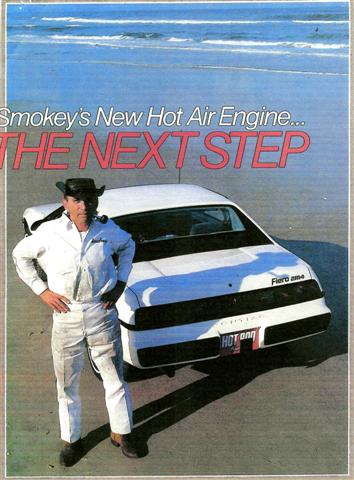IGT
Almost done
With a centrifugal compressor you will never see 100% efficiency. 80 is very high.here is a question that's probably right up your alley
none, and i do mean none, of the turbo maps i've been able to find are in any way charting 3-7 psi stuff for a 300 cubic inch + engine. damn near everything is way off on the bottom right, bottom left, or at 6k rpm WOT they might just touch the base of a 70%+ efficiency island.
does that actually just translate to the efficiency dropping off (let's say, to 50%) and won't actually cause things to be unhappy or damaged? building something low power would much rather toss efficiency out the window over price and backpressure and detonation. is it more important to just find a turbo that will support 1.4 ratio and whatever CFM at 2000 rpm in addition to 1.4 and 5k rpm?
i think i'm having a hard time reading the island maps, or maybe not and i'm just confusing myself
Both sides of a turbo charger have leakage.
Their is no positive seal around the exhaust/turbine blades to turbine case so some of the expanding exhaust gases/energy leaks through as losses.
The same way with the compressor blades with no positive seal between the compressor blades and case so they loose some of the pressure built as leakage between the blade and case.
One thing that helps with efficiency is variable vane geometry found on newer vehicles turbo chargers . This guides the exhaust gases in the most efficient paths across the turbine blades depending on load, speed, and temperature. The best way to control these are with a processor.








